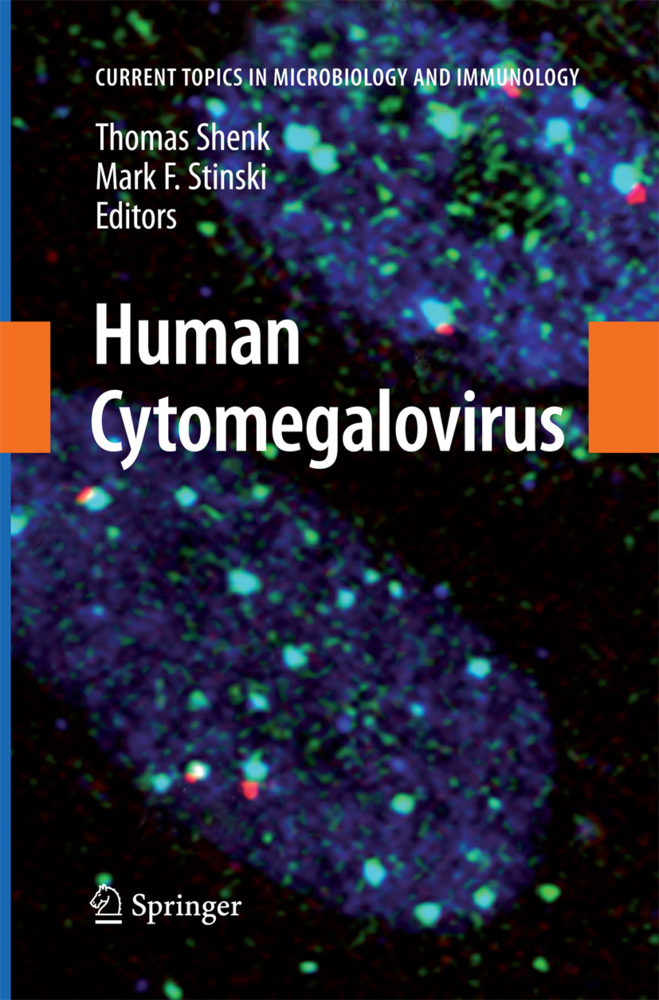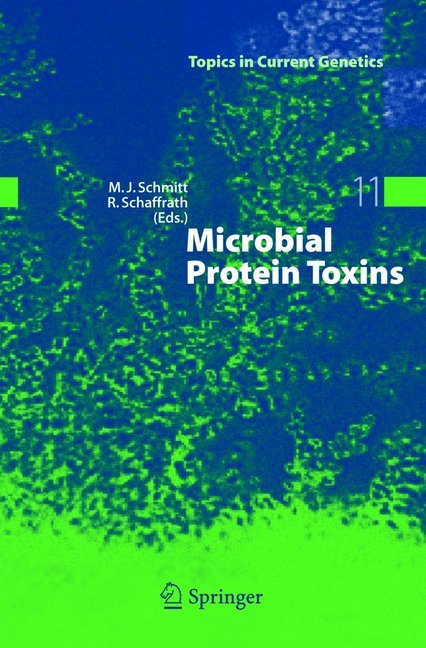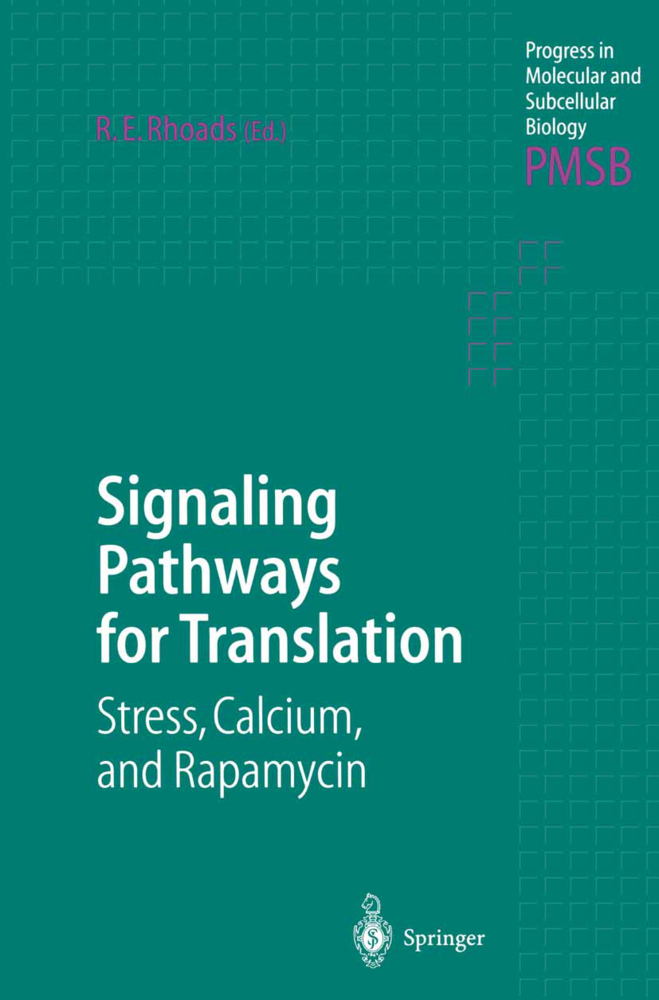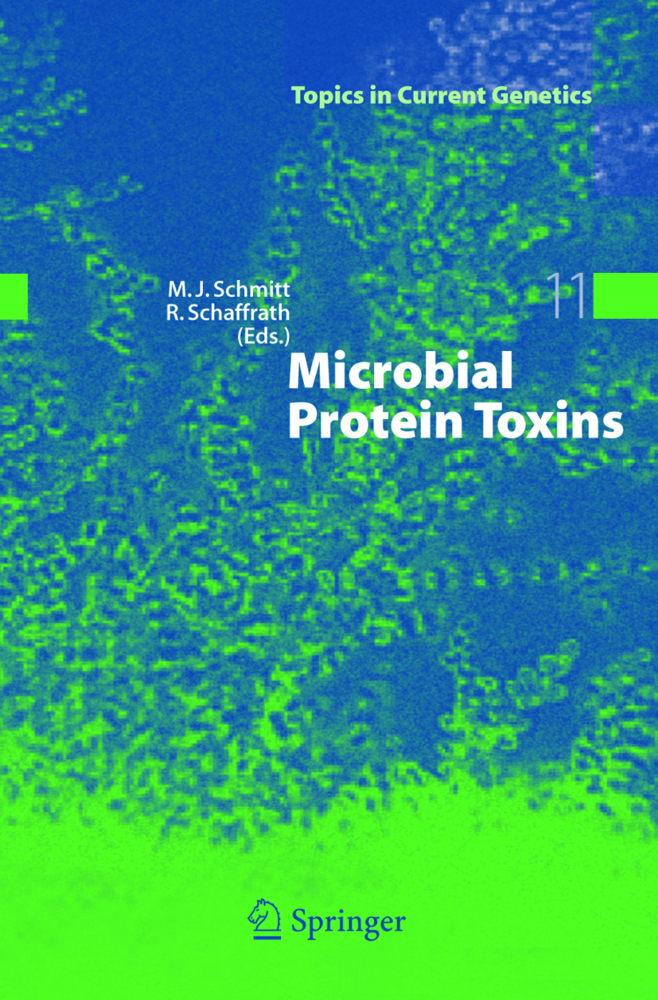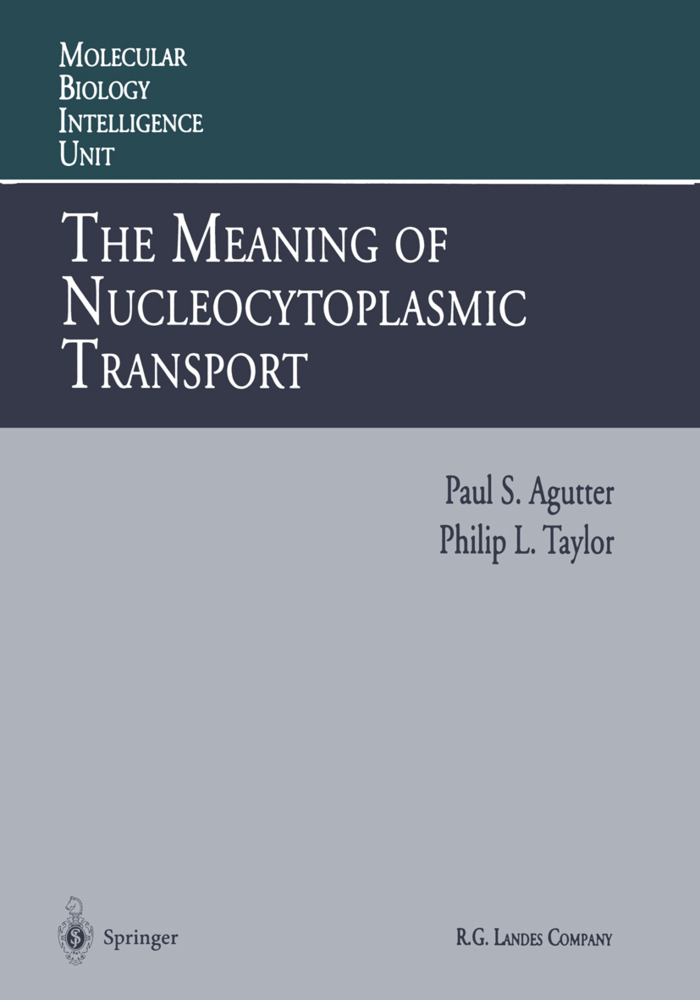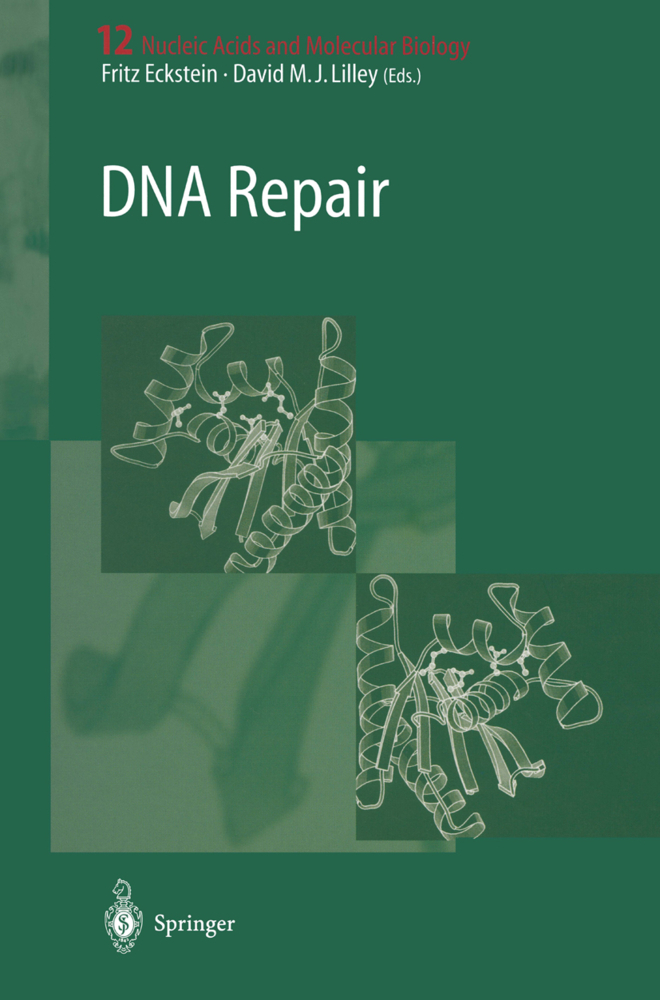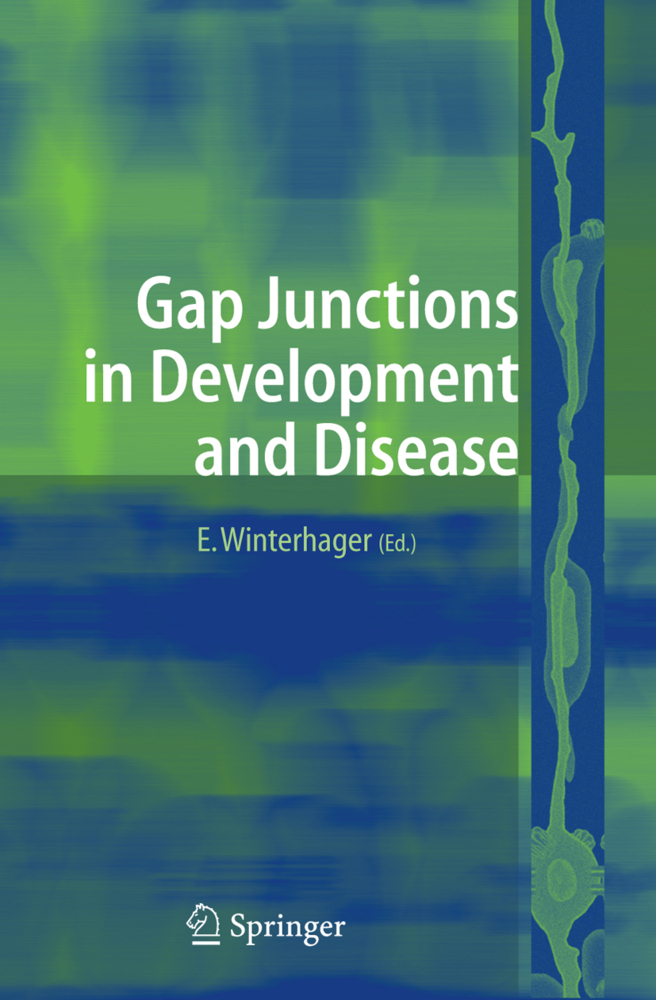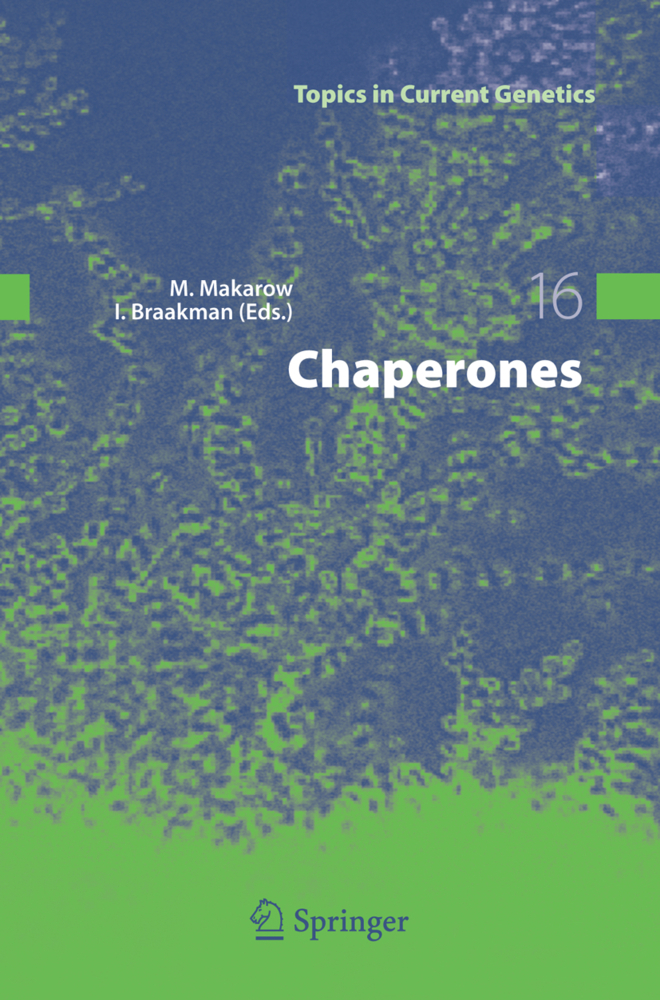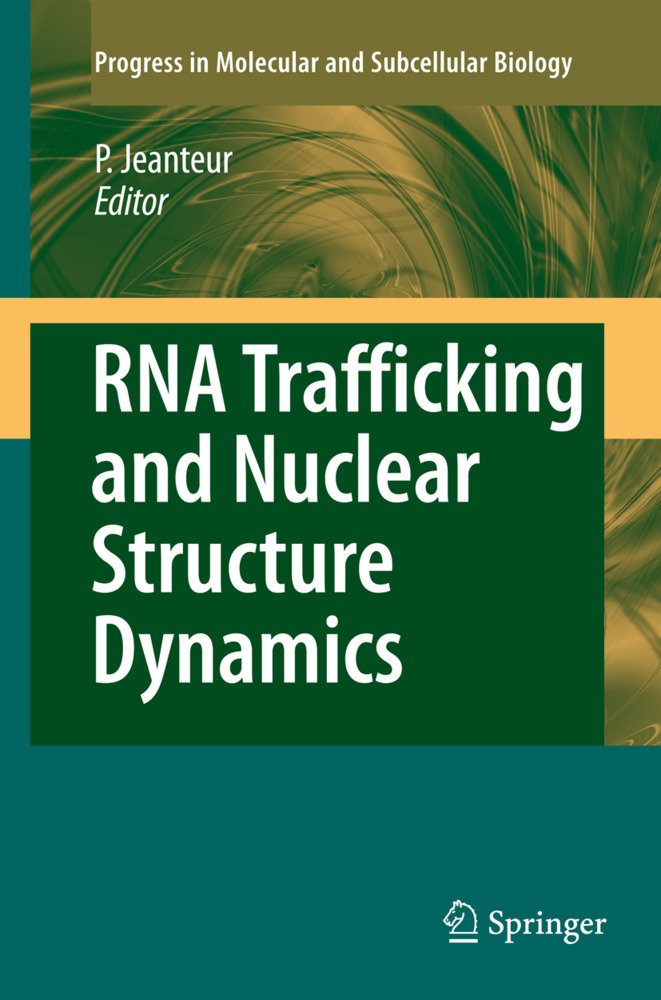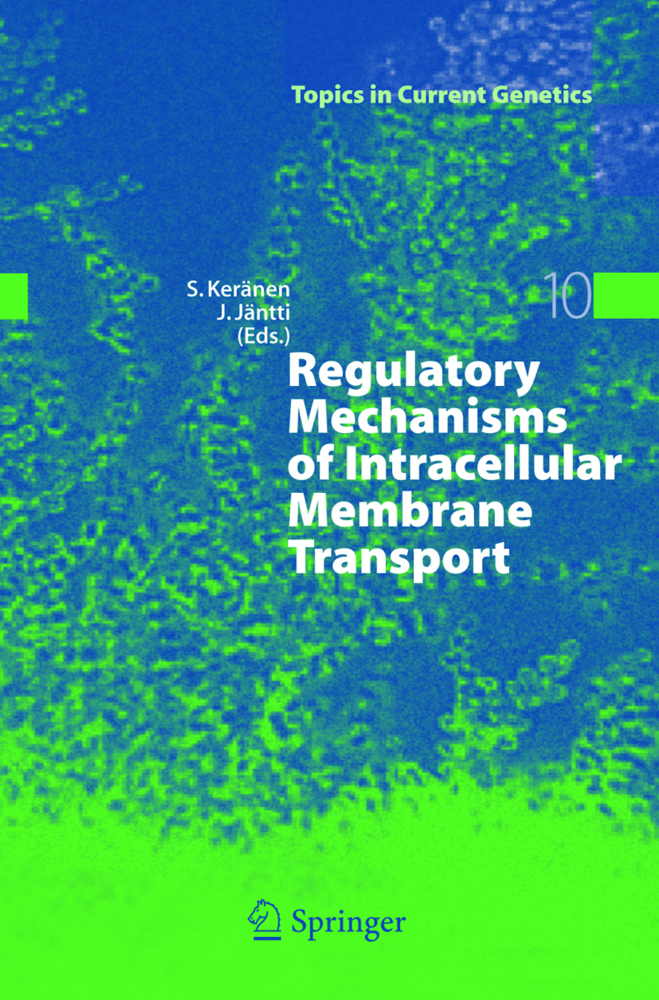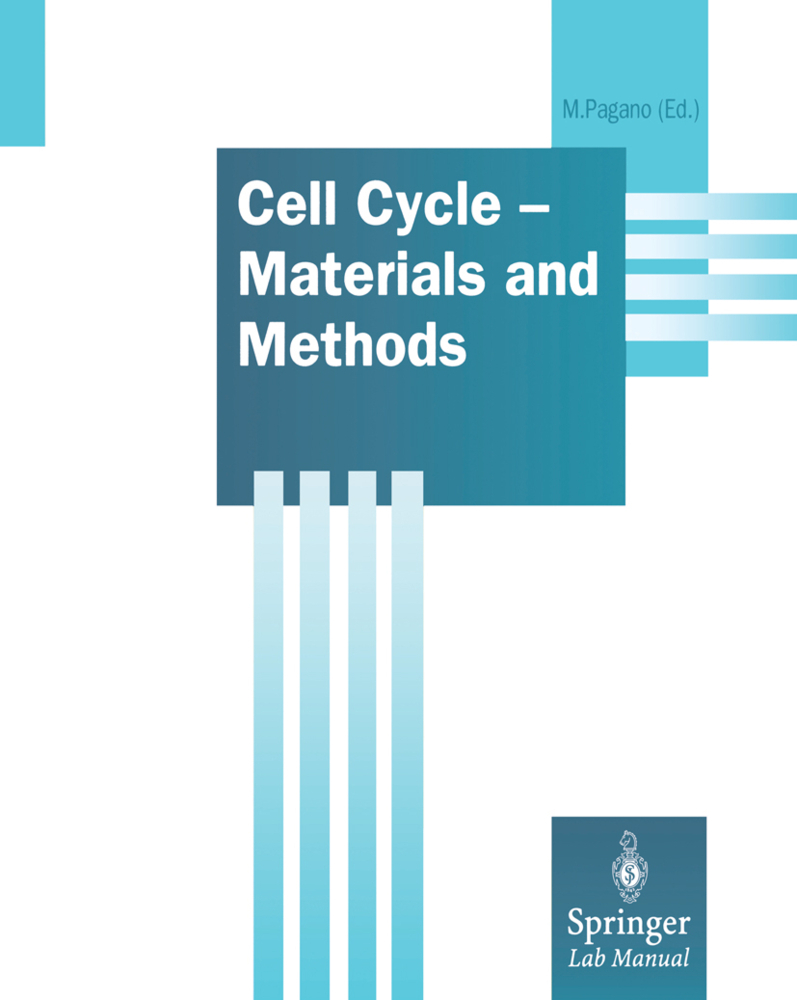Human Cytomegalovirus
Human Cytomegalovirus
The earliest observation of cytomegalovirus (CMV) interactions with the host cell was owl eye cytopathology in various tissues. It was recognized in the early 1970s that human CMV caused in utero infections resulting in congenital brain damage and other sensory neurological complications. Events of the 1980s and early 1990s, such as the wide application of solid organ and bone marrow transplantation and the emergence of AIDS, put the spotlight on human CMV. We understood that the virus was an opportunistic agent associated with immunosuppression. The golden age of cytomegalovirus research was ushered in during the late 1970s and early 1980s by a set of powerful new technologies that included restriction enzymes, DNA cloning, DNA sequencing, and open reading frame prediction. The genetic manipulation and propagation of novel CMV strains was accelerated with the app- cation of bacterial artificial chromosome technology. Today, we still struggle to understand the full spectrum of disease associated with human CMV. To the molecular biologist, CMV is a master of regulation in the eukaryotic cell where it either replicates or remains latent. To the immunologist, CMV is a master of immune evasion with tools to escape both the innate and acquired immune responses. The use of animal models with non-human CMVs has become significantly more sophisticated and tied to a more certain understanding of the interrelationships of non-human and human CMV genes.
Mutagenesis of the Cytomegalovirus Genome
Cytomegalovirus Cell Tropism
Virus Entry and Innate Immune Activation
Functions of Human Cytomegalovirus Tegument Proteins Prior to Immediate Early Gene Expression
Initiation of Cytomegalovirus Infection at ND10
Functional Roles of the Human Cytomegalovirus Essential IE86 Protein
Nuts and Bolts of Human Cytomegalovirus Lytic DNA Replication
Interactions of Human Cytomegalovirus Proteins with the Nuclear Transport Machinery
Structure and Formation of the Cytomegalovirus Virion
Human Cytomegalovirus Modulation of Signal Transduction
Chemokines and Chemokine Receptors Encoded by Cytomegaloviruses
Subversion of Cell Cycle Regulatory Pathways
Modulation of Host Cell Stress Responses by Human Cytomegalovirus
Control of Apoptosis by Human Cytomegalovirus
Aspects of Human Cytomegalovirus Latency and Reactivation
Murine Model of Cytomegalovirus Latency and Reactivation
Cytomegalovirus Immune Evasion
Cytomegalovirus Vaccine Development
Cytomegalovirus Infection in the Human Placenta: Maternal Immunity and Developmentally Regulated Receptors on Trophoblasts Converge
Mechanisms of Cytomegalovirus-Accelerated Vascular Disease: Induction of Paracrine Factors That Promote Angiogenesis and Wound Healing
Manifestations of Human Cytomegalovirus Infection: Proposed Mechanisms of Acute and Chronic Disease.
Human Cytomegalovirus Genome
Human Cytomegalovirus microRNAsMutagenesis of the Cytomegalovirus Genome
Cytomegalovirus Cell Tropism
Virus Entry and Innate Immune Activation
Functions of Human Cytomegalovirus Tegument Proteins Prior to Immediate Early Gene Expression
Initiation of Cytomegalovirus Infection at ND10
Functional Roles of the Human Cytomegalovirus Essential IE86 Protein
Nuts and Bolts of Human Cytomegalovirus Lytic DNA Replication
Interactions of Human Cytomegalovirus Proteins with the Nuclear Transport Machinery
Structure and Formation of the Cytomegalovirus Virion
Human Cytomegalovirus Modulation of Signal Transduction
Chemokines and Chemokine Receptors Encoded by Cytomegaloviruses
Subversion of Cell Cycle Regulatory Pathways
Modulation of Host Cell Stress Responses by Human Cytomegalovirus
Control of Apoptosis by Human Cytomegalovirus
Aspects of Human Cytomegalovirus Latency and Reactivation
Murine Model of Cytomegalovirus Latency and Reactivation
Cytomegalovirus Immune Evasion
Cytomegalovirus Vaccine Development
Cytomegalovirus Infection in the Human Placenta: Maternal Immunity and Developmentally Regulated Receptors on Trophoblasts Converge
Mechanisms of Cytomegalovirus-Accelerated Vascular Disease: Induction of Paracrine Factors That Promote Angiogenesis and Wound Healing
Manifestations of Human Cytomegalovirus Infection: Proposed Mechanisms of Acute and Chronic Disease.
Shenk, Thomas E.
Stinski, Mark F.
| ISBN | 978-3-642-44513-2 |
|---|---|
| Artikelnummer | 9783642445132 |
| Medientyp | Buch |
| Copyrightjahr | 2014 |
| Verlag | Springer, Berlin |
| Umfang | XIII, 479 Seiten |
| Abbildungen | XIII, 479 p. |
| Sprache | Englisch |

